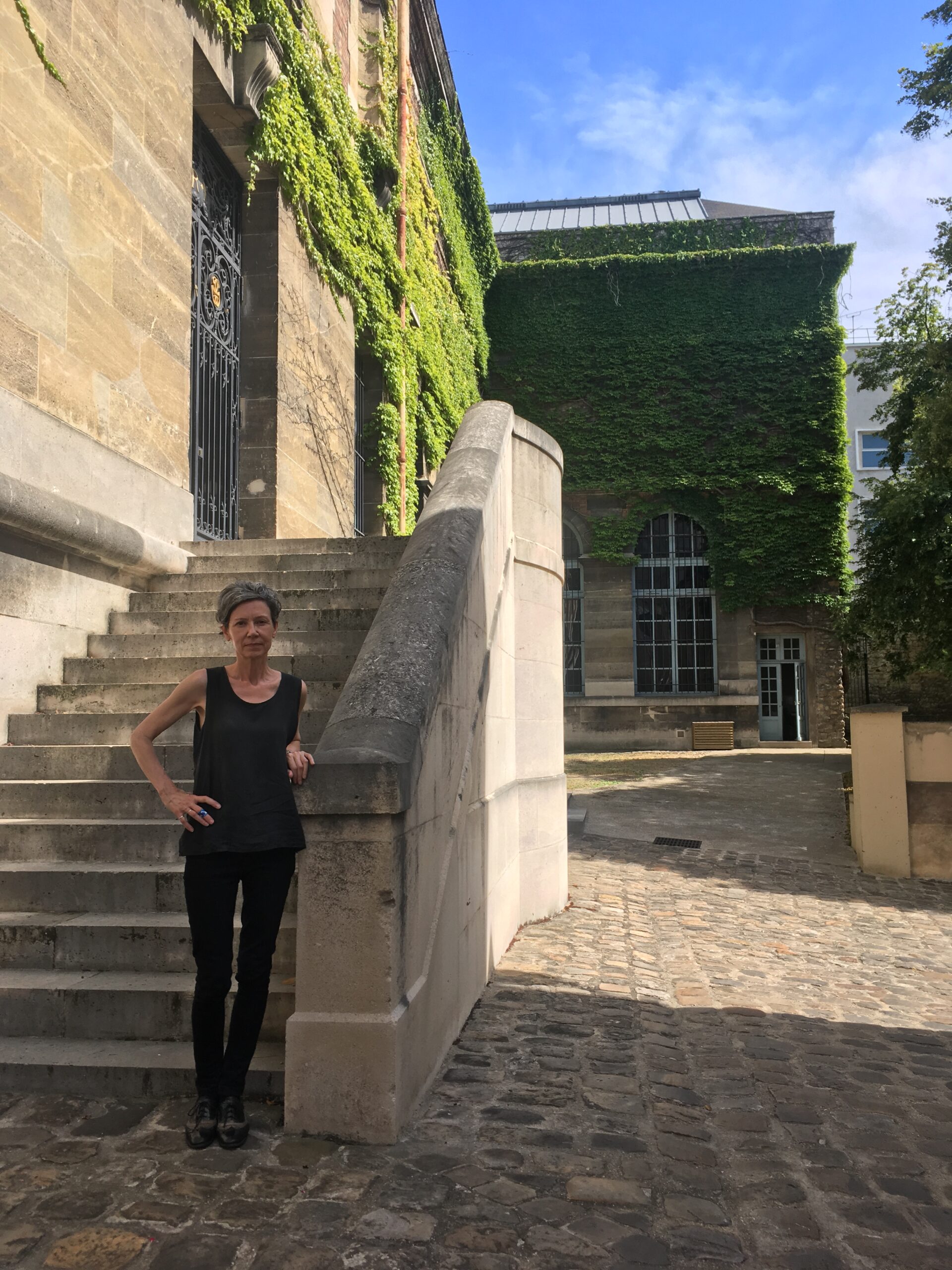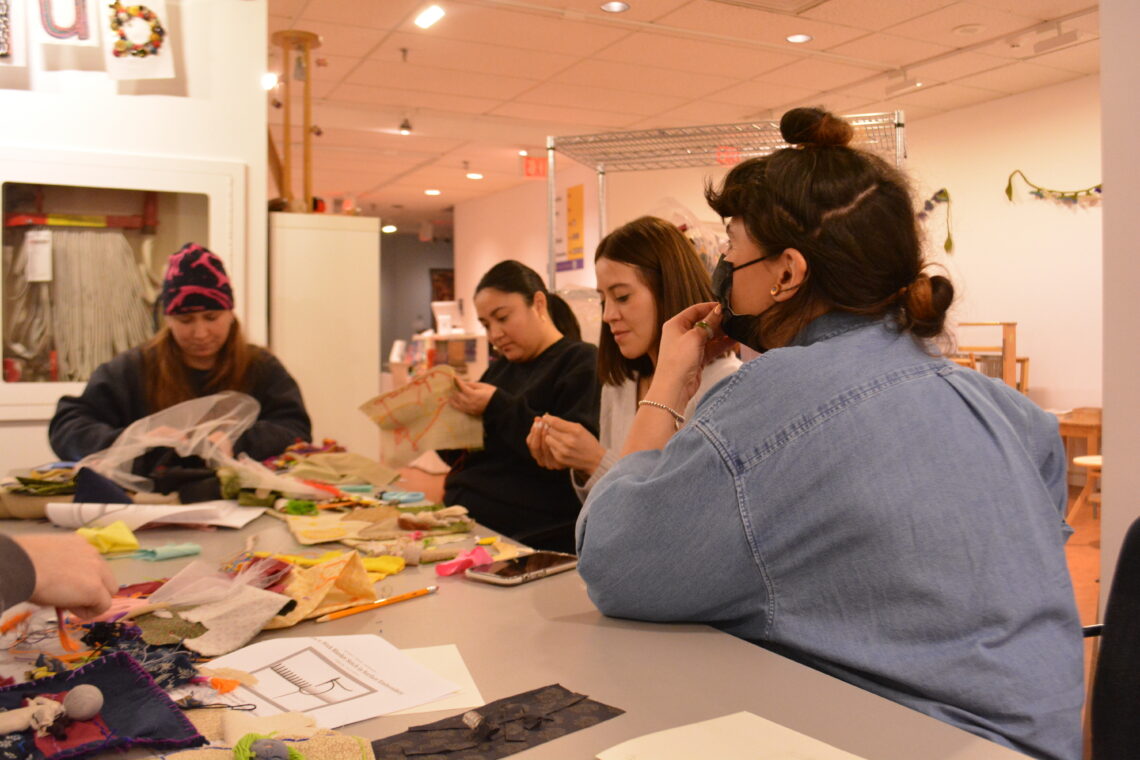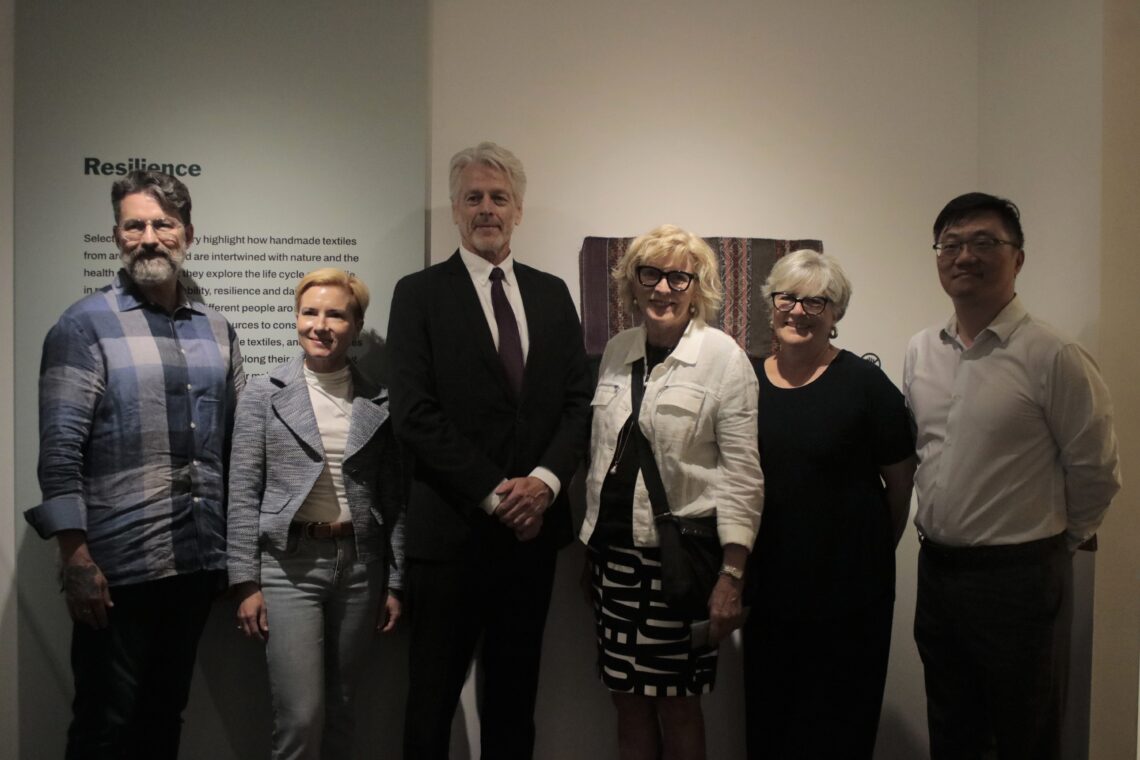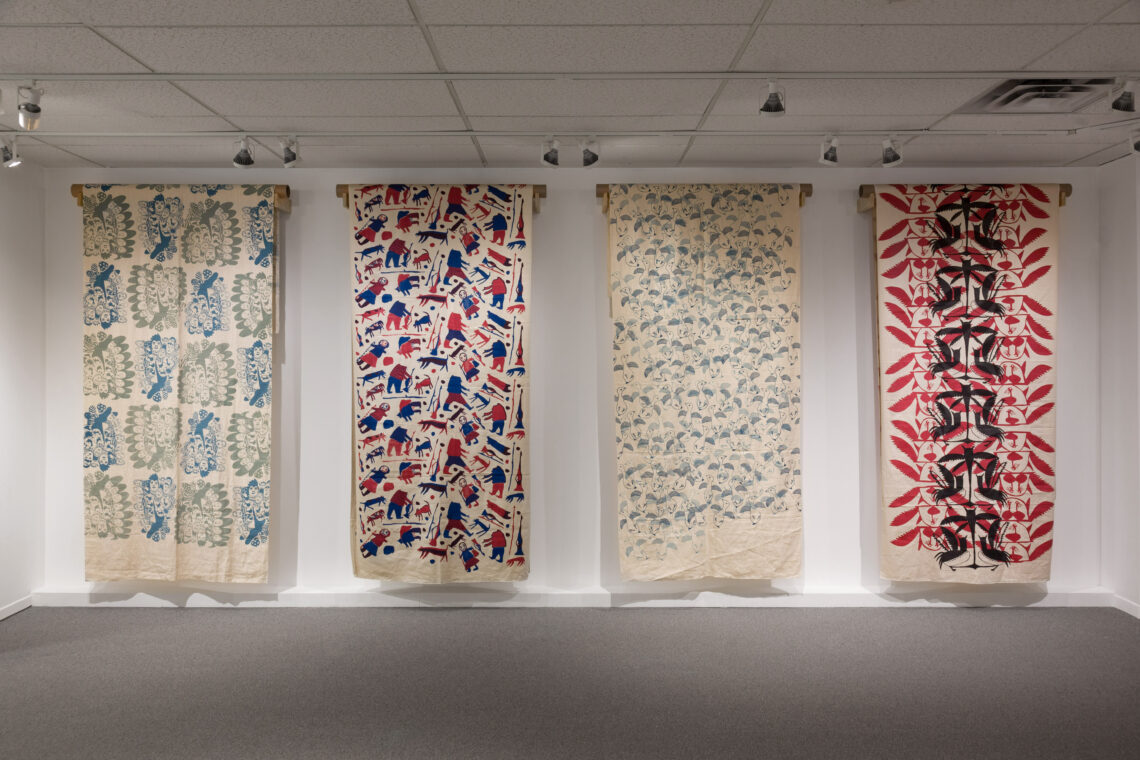Curiously Crafting: Interview with Colette Boulet
Justice Stacey:
To begin with our discussion, I would love to give our audience some background about the place you received your weaving education. A few years ago I came across a video called the “Art of Making a Tapestry” and it documented the wonderful La Manufacture nationale des Gobelins and the weavers at their work. And then I started doing some research on the website and I saw the history of Les Gobelins stretches back over 500 years. Can you speak a little bit to this history of Les Gobelins and its artistic importance? And how does this history continue to influence contemporary weaving and textile arts?
Colette Boulet:
Gobelins is a neighbourhood in Paris, which got its name from a family of dyers in the 15th century. Tapestry weaving studios were set up in the neighbourhood during the next two decades. And in 1662, all of the local tapestry studios were combined on a parcel of land purchased by Colbert on behalf of Louis 14th, which became Les Gobelins. The weavers who work there have been government employees. Les Gobelins remains a national institution, which enables them to maintain their textile tradition. The intern studio I attended was started in the mid-1970s. And people came from all over the world for training. They proudly promote the mastery of a multitude of traditional techniques rendering cartoons and interpreting the paintings to weave into tapestries. The tapestry weavers are not the cartoon makers, they execute the weaving. Les Gobelins’ challenge is to maintain awareness of their immense number of techniques. Having a museum and tours of the ateliers exposes the public to the work and process of their traditional tapestry. And the ongoing internships help promote their techniques.
Justice Stacey:
Thank you. I would like to talk about your apprenticeship. Looking on the website of Les Gobelins, I learned that nowadays they offer a complete training in the trade of weaving, rug and tapestry restoration as a licier. It also says students are paid under the apprenticeship status and it is a nice thing to think about because so many of us pay so much money for our post-secondary education. Can you speak to your time learning at Les Gobelins and what unique learning opportunities did you encounter there? What did it offer the other places and models of learning don’t offer?
Colette Boulet:
My internship at the Gobelins took place in an atelier occupied by a small group — the chef d’atelier (foreperson) who was also the professor, three master tapestry weavers working on commissions, and three international interns from the USA, Romania and Canada. I learned traditional tapestry techniques on an upright loom. I was taught to go beyond straight lines, creating shapes using shading, contrasting, interlocking and other techniques and then moved onto interpreting part of a painting through the use of a cartoon with wool yarn. It was one-on-one learning and at my own pace, which is my preferred learning model. At midpoint, I was given a private tour of the dye and restoration workshops, which I found very interesting. The processes were fascinating and left me with a lasting impression. The master tapestry weavers working alongside us were professional, demonstrated savoir-faire et joie de vivre. They were role models working at the atelier every day, making a living from their art while employed by the government. Something I had not witnessed until then with tapestry.
Justice Stacey:
I’ve done a little bit of weaving myself. I’ve done both floor loom and a very little bit of a tapestry, very small tapestry loom, not a big tapestry loom. And I can say it is a process that really demands that you follow the rules and proper steps because after all, if you don’t weave properly, your creation might fall apart when it comes off the loom. But there certainly is a lot of room for experimentation after one has learned the rules — you have to know the rules to know how to bend the rules. And as a form of learning, I would say an apprenticeship also asks you to follow rules and traditions. I’m interested to know if during your time at the Gobelins you were encouraged to experiment at all, was it all about following exactly what you were told, or a bit of both? In your art practice now, how do you blend tradition with experimentation?
Colette Boulet:
Les Gobelins offers internships to share the knowledge of French traditional tapestry techniques. The atmosphere was relaxed to allow for some creative interpretation, but at the same time we focused on mastering the demanding tapestry techniques. It’s important for me to exercise and maintain a high standard of technique and aesthetics while focusing on creativity, improvisation and thinking outside the box. It’s important for me to acknowledge my rhythm and my energy to build momentum and get into the flow. I learned both weaving and tapestry techniques, and now integrate all of those skills in my work. The techniques ensure good structure and aesthetics, which then facilitates the creative process.



